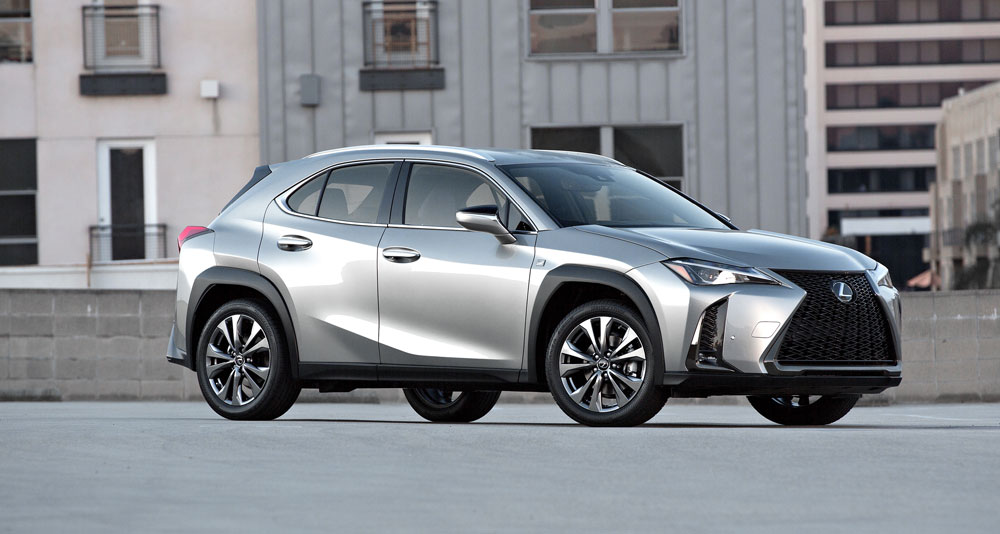With such a long wait between reveal and availability, the new Lexus UX subcompact crossover is not exactly top of mind. This makes Lexus Canada’s refresher video a nice reminder of what’s yet to come:
(The new ES had yet to be announced when the UX was revealed, and the similarities between the interiors are pronounced. Have to think this is Lexus locking down a common cabin design for models below the flagship level.)


Comments